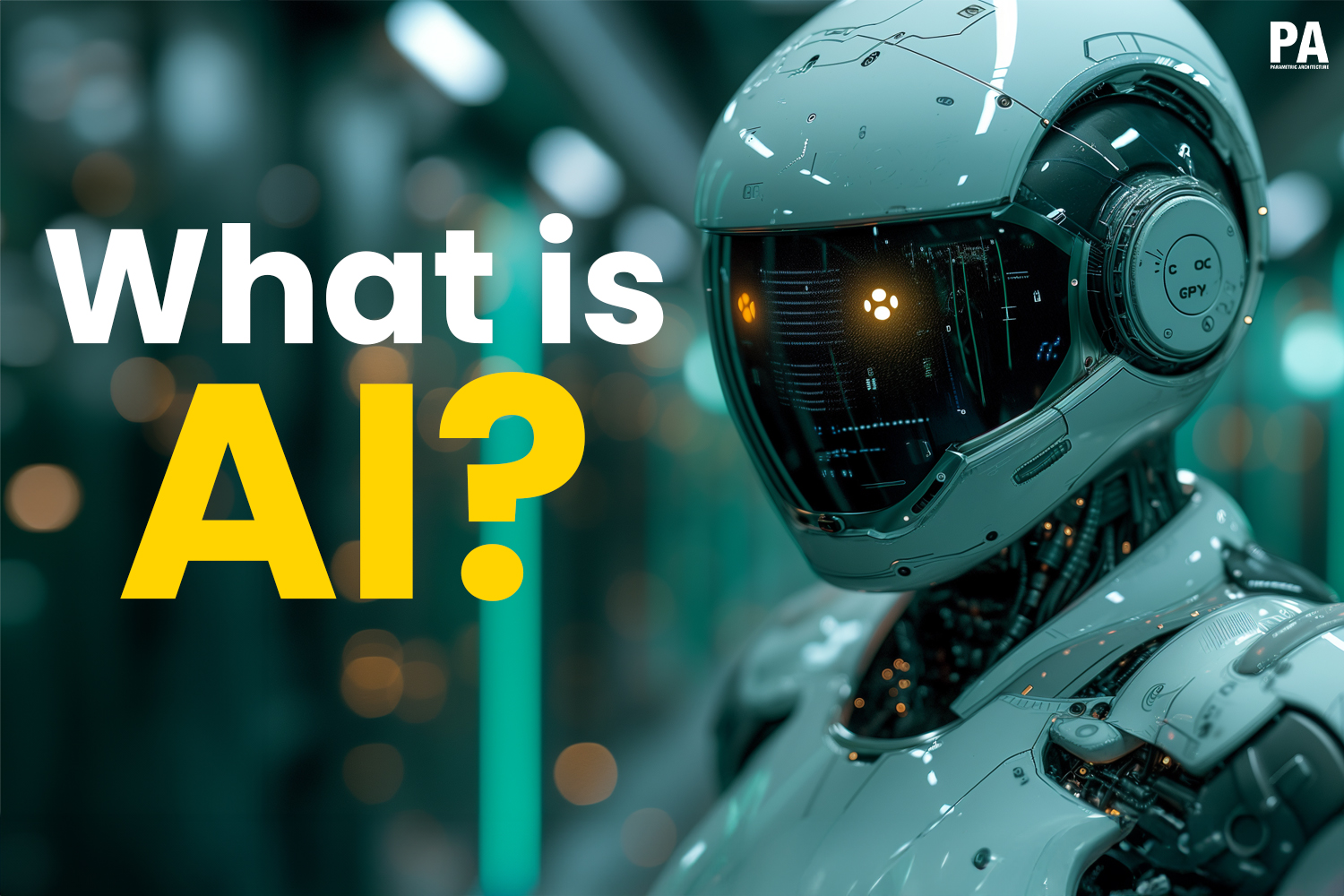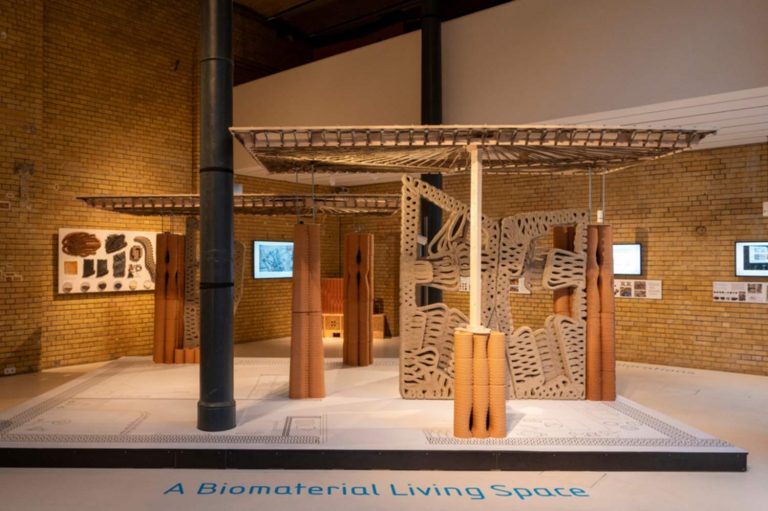This time, we will explore the meaning of “Artificial Intelligence”. While we often talk about AI and its applications, it is important to understand that not all tools that provide direct answers are powered by AI. Some of them simply rely on their existing data and do not actually “think” about the question being asked. However, AI-powered tools such as ChatGPT are able to analyze the question and provide more advanced responses.
“How does AI work?” you may ask. Well, it all works with data and algorithms. AI learns from vast amounts of information, identifies patterns, and makes decisions. Basically, it’s like having a super-smart assistant who never sleeps. But where did it all begin? The story of AI dates back to Ancient Greece with the myths of Hephaestus. In her book, Dr. Adrienne Mayor also mentioned the connection between artificial intelligence, robots, driverless cars, and other emerging technologies. However, in modern times, the earliest similar work in the field of artificial intelligence was done in the mid-20th century by Alan Turing.
Artificial intelligence was first mentioned as a term at The Dartmouth Summer Research Project on Artificial Intelligence (Dartmouth Conference). The initial meeting was organized by John McCarthy, then a mathematics professor at the College. In his proposal, he stated that the conference was “to proceed based on the conjecture that every aspect of learning or any other feature of intelligence can, in principle, be so precisely described that a machine can be made to simulate it.”

ELIZA, one of the earliest examples of AI applications, is a computer program that was created from 1964 to 1967 at MIT. Its creator, Weizenbaum, developed it with the intention of exploring communication between humans and machines. Although it was created several decades ago, ELIZA is still a well-known example of early natural language processing. Nowadays, AI is becoming increasingly normalized in our society.
Many well-known companies are now announcing their integration of Artificial Intelligence systems into their products. For instance, Tesla has heavily invested in AI technology for its Full Self-Driving (FSD) cars, trucks, and autonomous vehicles. Additionally, the company has developed Optimus robots, which are reminiscent of the Transformers movies. As designers, we are all familiar with AI-generated design tools like Midjourney, DALLE, and Stable Diffusion. These generative AI programs create images based on natural language descriptions, which are referred to as prompts.
Today, many architecture firms utilize AI tools to generate quick renders and visuals, which provide more alternative images and aid in creating more sustainable and efficient solutions. However, there are ethical issues, copyright concerns, and discussions regarding the future of creative industries that need to be addressed. The future of AI is limitless, providing infinite possibilities.
To learn more about how designers can use these tools and technologies, check out PAACADEMY‘s courses.







































